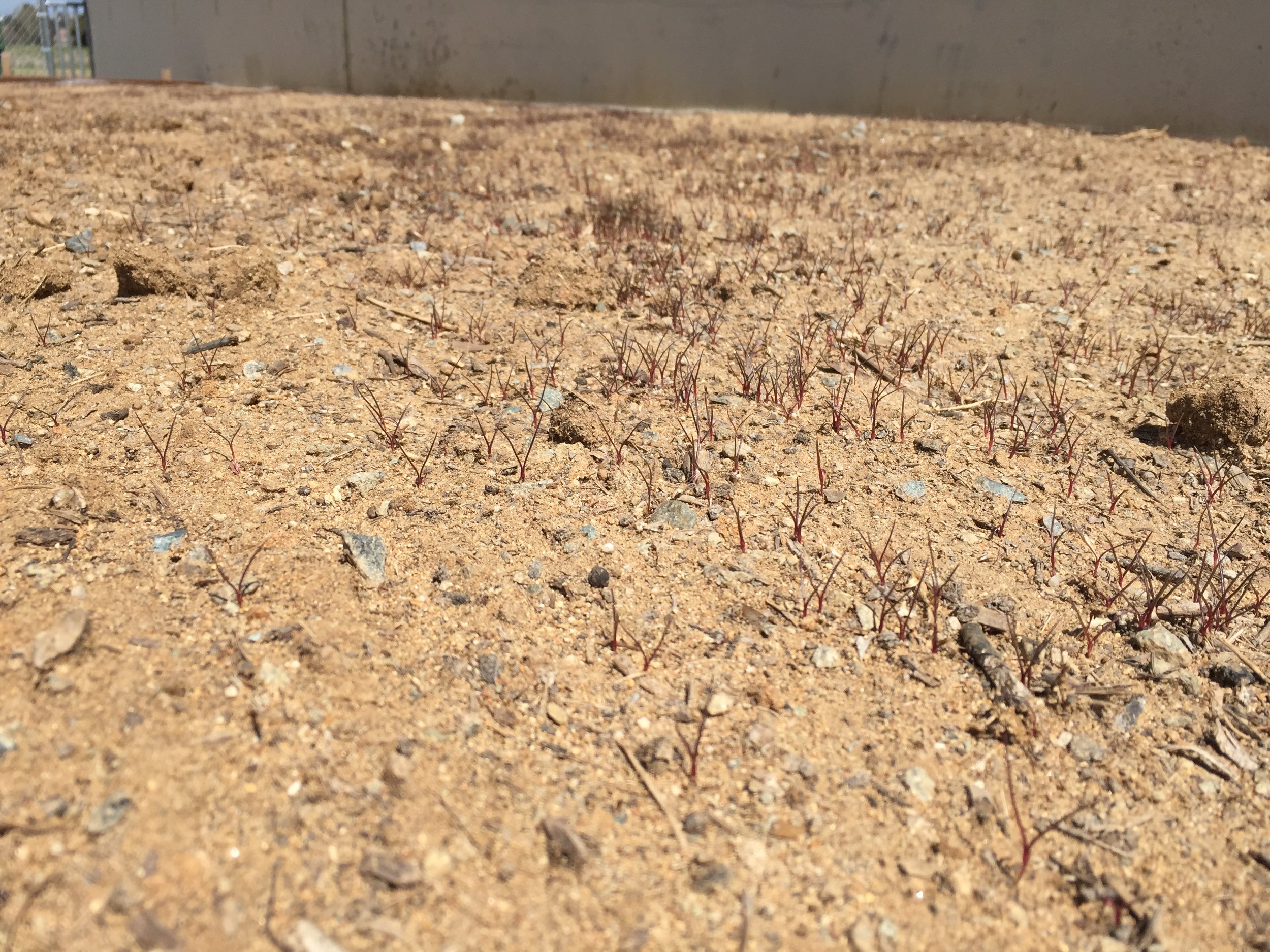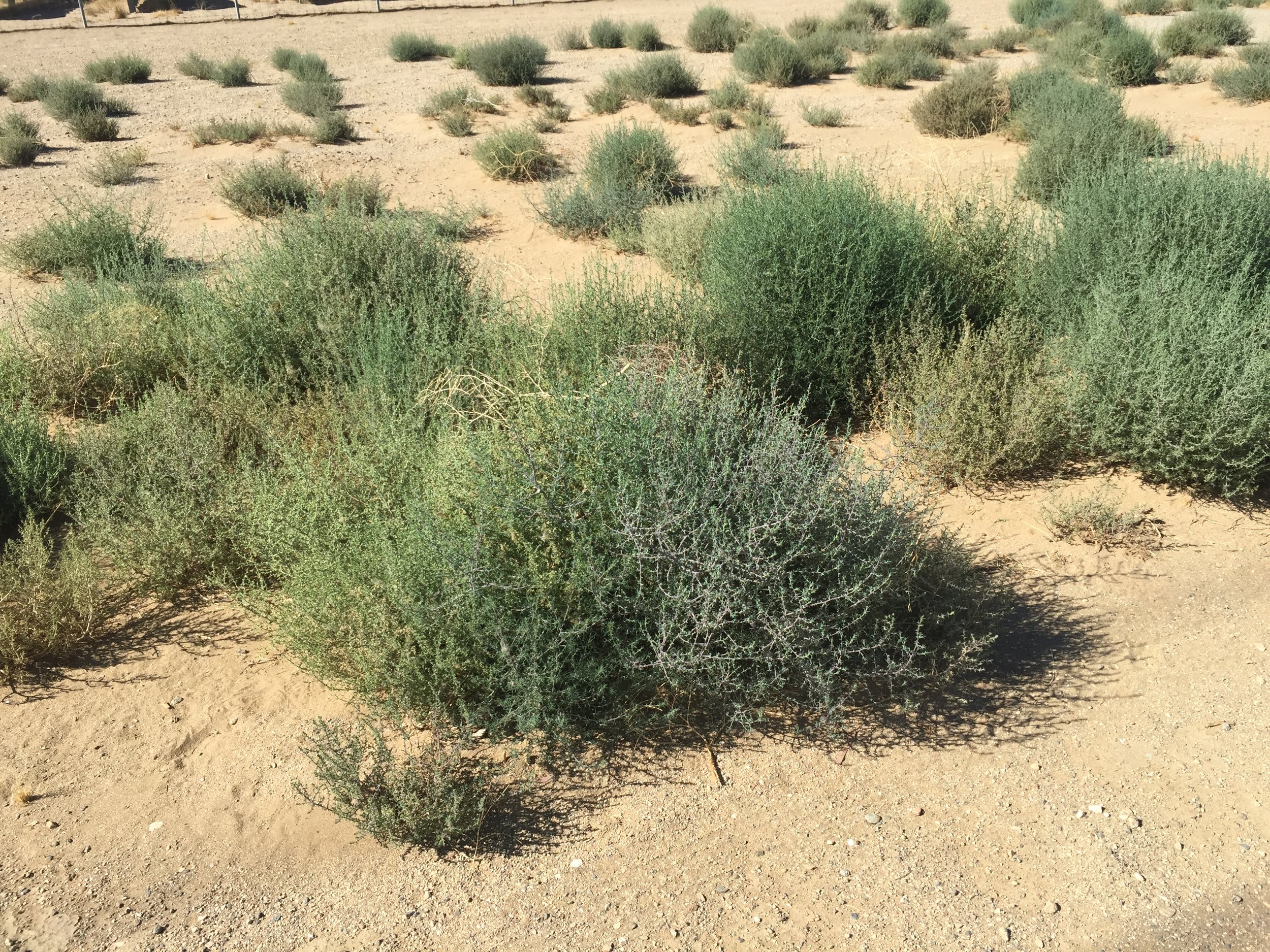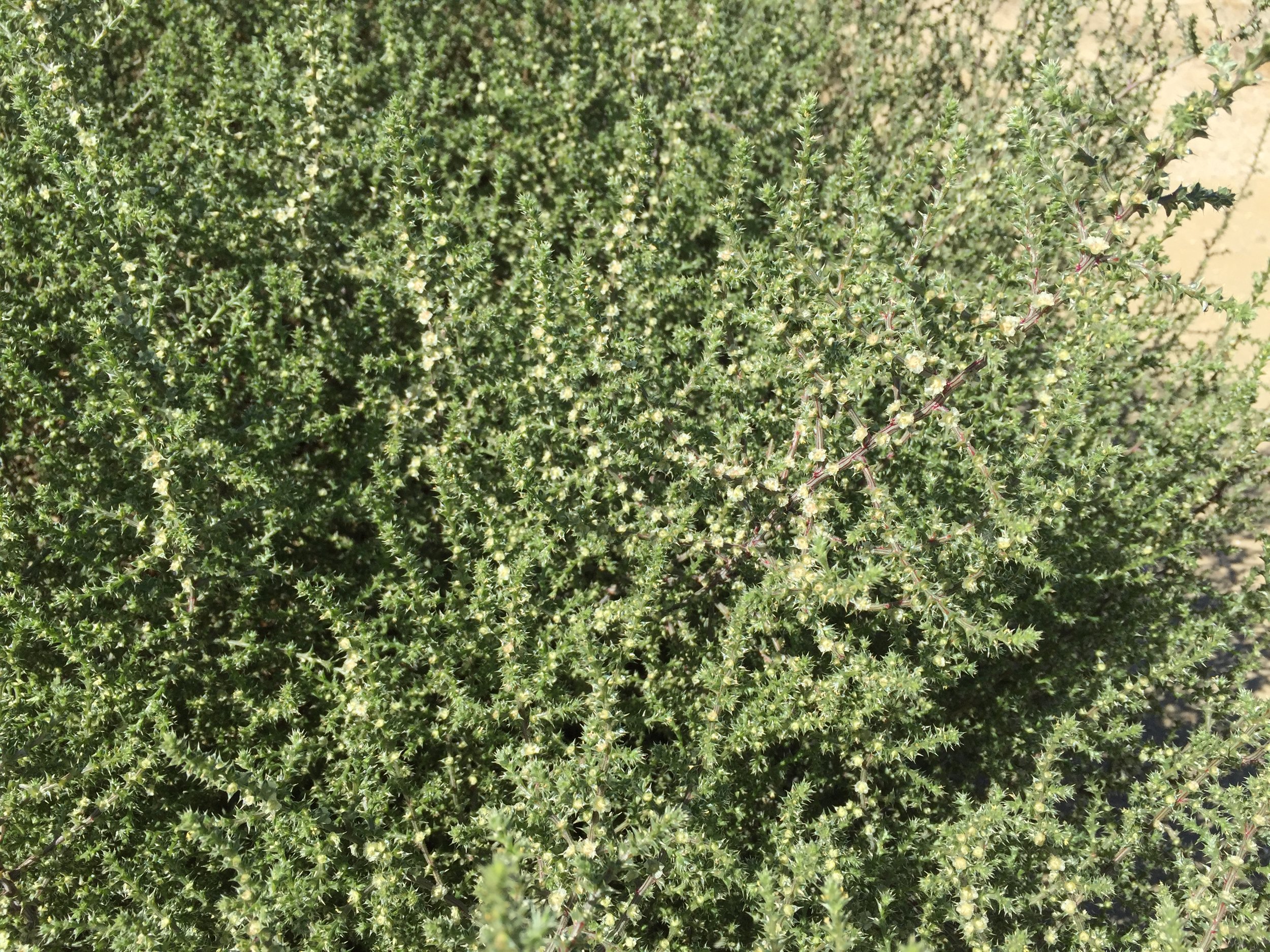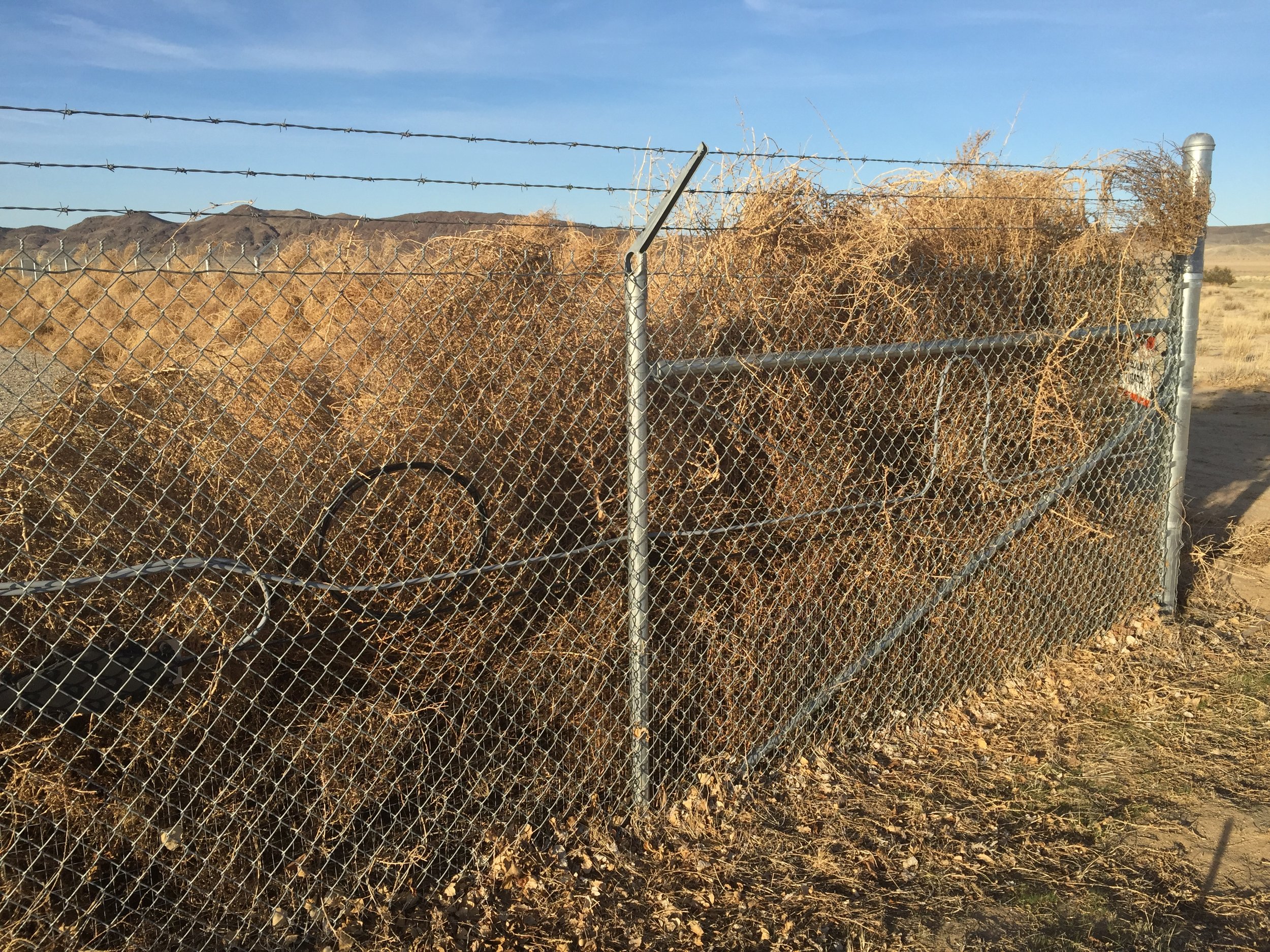Last week the California Weed Science Society held their annual meeting in Santa Barbara. Weed scientists are pretty immune to "weed" jokes, but this year a session was organized for challenges facing the cannabis industry in California (with I'm sure more to come!). The three day event touched on all aspects of the agricultural industry in California, with a specific emphasis on weed management. Some highlights include:
- Restoration efforts on Santa Cruz Island (one of the Channel Islands), and the search for improved methods for land management.
- Dr. Scott Steinmaus shared his research on Arundo donax (elephantgrass) survival and dispersal by ocean currents throughout Southern California coastlines.
- Although cannabis production has been legalized in the state, there is still a long process ahead with licensing, enforcement, and the implications of ongoing federal restrictions.
- The benefits of mulching in the avocado and citrus industries, and the potential concerns carried with it.
- Ashley Freeman from the CA Department of Pesticide Regulation shared steps being taken in school districts across California to eliminate the need for glyphosate. One solution included the use of saturated steam for crack spraying.
This meeting and others like it are essential for sharing research and issues in the industry, as well as developing solutions for the future!
Obligatory picture of the Moreton Bay Fig, but more impressive in person... Bonus points if you can spot the handle bar of a bike, someone was enjoying a "root" house on a pretty cold morning1








